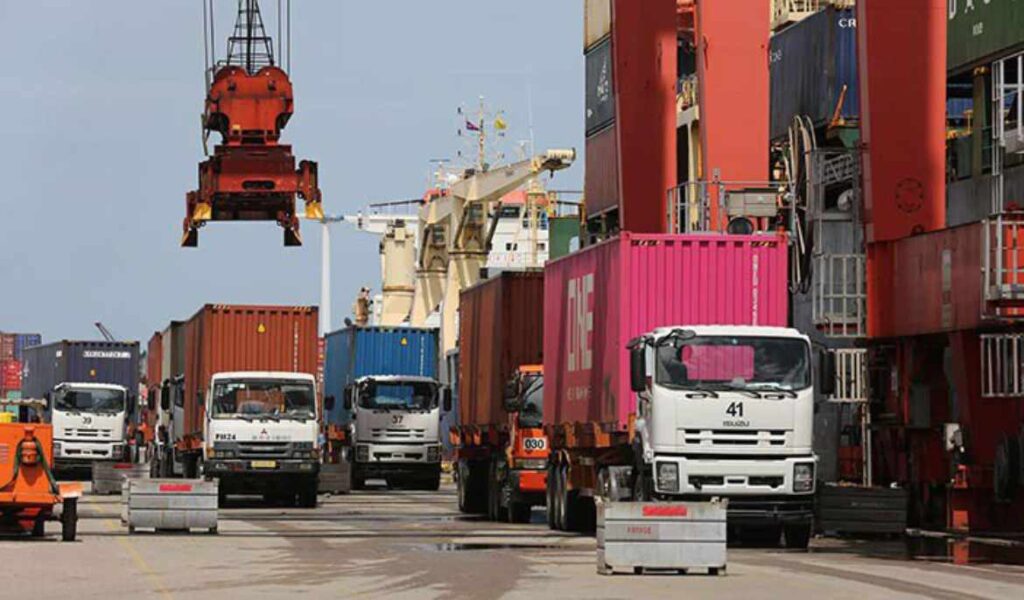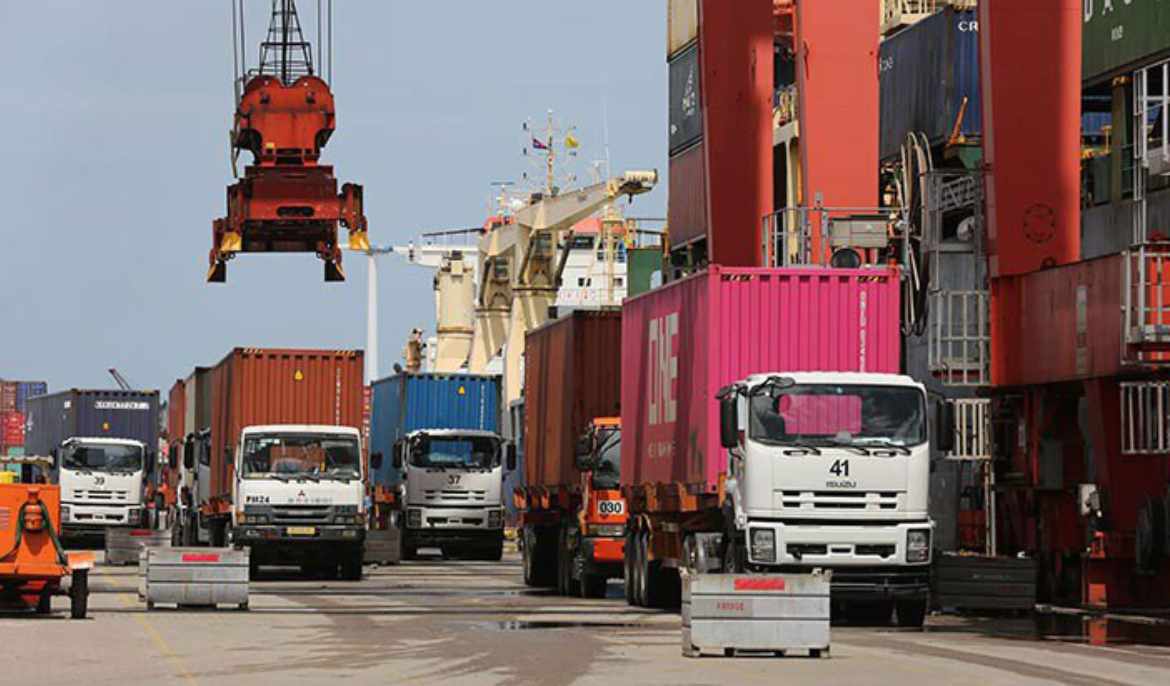Synopsis: Government’s active diplomacy has paved the way for an unprecedented trade growth.
Cambodia’s international trade volume reached more than $25 billion in the first five months of this year, said a report released by the General Department of Customs and Excise (GDCE) yesterday.
GDCE’s report showed that the country’s international trade volume rose by 18.5 percent to $25.29 billion between January and May, compared to $21.33 billion recorded during the same period last year.
During this period, Cambodia exported goods worth $11.8 billion, marking a year-on-year increase of 17.2 percent. Meanwhile, imports totalled $13.48 billion, an increase of 19.7 percent.
The report also noted that the United States and Vietnam were Cambodia’s two largest export markets, accounting for $4.35 billion and $2.04 billion in exports, respectively.
On the import side, China remained Cambodia’s largest source of imports with a total value of $7 billion, representing a 31.4 percent increase from the previous year, the report added.
Lim Heng, Vice-President of the Cambodia Chamber of Commerce, told Khmer Times that Cambodia’s political stability and economic growth have become key drivers in attracting a surge of foreign and local investment. This influx has contributed to a noticeable uptick in the country’s manufacturing and processing exports.
“The leadership of the government is instrumental in this process,” Heng emphasised, adding, “The government’s active trade diplomacy fosters strong ties with international partners. Whenever he travels abroad, he engages directly with leaders and investors, creating a positive impression of Cambodia as an investment destination. This has resulted in unprecedented interest in investment projects registered with the Council for the Development of Cambodia (CDC).”
Heng further noted that investment figures at the CDC are reaching record levels, with a steady flow of new projects. “In 2024 and 2025, we expect to see significant growth in production, processing, and the import of raw materials, all of which will drive exports to new heights,” he said.
He added that key sectors such as garments, footwear, and electronics continue to be the backbone of Cambodia’s manufacturing, with new players entering the market and existing factories expanding their capacities.
“With increased investor confidence and a stable political environment, Cambodia is well-positioned to further cement its reputation as an emerging manufacturing hub in the region,” Heng added.
This growth aligns with the government’s vision of transforming Cambodia into a dynamic economy with a diversified export base, underscoring the importance of continued reforms and infrastructure development.
Speaking to Khmer Times, Lor Vichet, Vice-President of the Cambodia Chinese Commerce Association (CCCA), emphasised that Cambodia’s export sector continues to rely heavily on traditional industries.
“Most of the goods we export come from industries like textiles, clothing, footwear, bags, and suitcases,” he said. “These are not technology-intensive and do not add much value to our exports.”
He went on to add that Cambodia’s persistent trade deficit stems largely from the lack of domestic production of essential raw materials.
“We import high-value raw materials while exporting lower-value finished products, such as shirts, which simply cannot compete in price with items like mobile phones,” Vichet explained.
He underscored the need for a strategic roadmap to develop domestic industries capable of producing the raw materials currently imported. “If we can manufacture these materials locally, it would help reduce our trade deficit significantly,” he added.
Vichet also pointed to the need to foster technology-driven industries that can produce higher-value goods. He further proposed a clear strategy to attract high-technology investments, including artificial intelligence (AI).
“A precise and detailed plan to build, manufacture, and export AI robots at an industrial scale could transform Cambodia’s trade landscape,” he said.



